From the moment I saw Norman Osborn in a Spider-Man suit, I knew this series was going to be one of those odd-but-irresistible turns in the Spidey saga. Amazing Spider-Man #14 doesn’t just lean into the weirdness — it makes it matter. It forces Norman to reckon with the legacy of Peter Parker, drag Ben Reilly into the emotional crossfire, and step into a role he never asked for but can’t refuse.
If you were hoping for bombastic action and plenty of web‑slinging, you’ll get that. But deeper than any punch or swing is an issue about identity, guilt, insecurity, and what it truly means to be Spider-Man.

OFFICIAL MARVEL COMICS DESCRIPTION:
“ENTER: THE GOBLIN SLAYER! Something has been trying to kill Norman Osborn since the first issue of this volume, and they up the ante this issue! What can Spider-Man do to stop the Goblin Slayer? With all that Norman has done and could do, SHOULD Spidey stop it?”

Written by: Joe Kelly
Art by: Ed McGuinness & Todd Nauck

PROS:
🕸 Norman Trying on the Mask (and Failing Spectacularly)
The most compelling thing about this issue is watching Norman Osborn grow into the role of Spider-Man. This isn’t a one-and-done gimmick. He’s fumbling. He’s scared. He’s insecure. And he’s terrified of failing. Yet, there’s something happening beneath the surface: respect. For the first time, Norman sees just how amazing Peter Parker really was—not just as a hero, but as a person.
Norman’s first steps into daytime heroism are awkward, forced, and riddled with tension. He’s not used to the suspension of expectation from the public, the weight of lives to protect, or the way every moment demands moral clarity. You can watch him struggle with it. His perspective shifts. He sees the cost, and that’s fascinating.
⚔️ Ben Reilly Tension: The Replacement vs. The Intruder
Ben Reilly’s presence looms large. There’s a tension not just between Norman and the external world, but right here in the heart of the Spider‑family. Ben is trying to live as Peter would—hardworking, dutiful, earnest—and in doing so, he’s inadvertently paved a road for Norman to tread (for better or worse).
The scenes between Norman and Ben are some of the sharpest in the issue. You feel their rivalry, respect, and mistrust. Who deserves the mantle more? Who’s carrying guilt harder? Who’s just pretending? Those questions echo beneath each conversation. Ben’s dedication to his work—stepping into the shoes of Peter’s absence—is not just a distraction. It’s a statement: the mantle isn’t just about power. It’s about character.
🎨 Art That Feels Both Classic and Living
McGuinness and Nauck bring a visual feast that’s both retro and fresh. Norman-as-Spidey looks like what should have been, or what could’ve been in another world. The musculature, the poses, the tension in each frame—they all scream “classic Spider-Man” but without the nostalgia feeling like a museum piece.
Action scenes are kinetic and clear. McGuinness handles energy, movement, and weight with expert precision. Panels don’t feel crowded; the drama is visible in every face, every swing, every moment Norman hesitates or lunges. Todd Nauck’s touches complement these moments brilliantly, especially in tighter emotional beats. This is how you do a friendly neighborhood issue: no shortcuts, just extra care.
🏠 The Peter-Parker Void & Aunt May’s Struggle
One of the hardest parts of this book is seeing how the real Peter Parker’s absence fractures the lives he left behind. Aunt May is torn between hope, grief, and fear. Watching her attempt to reach out is emotionally resonant.
That struggle is beautifully written: validating her pain, her insecurity, and her fear. It’s a reminder that even the strongest characters in Spidey’s world can be fragile.
🔥 Action, Irony & the Web of Trust
This is not a quiet issue, even if it leans on character dynamics. The conflicts, the fights—they still hit hard. The irony of Norman Osborn being targeted as a threat, and yet being spared when under the Spider-suit, is a stroke of narrative genius. It asks: is heroism just the costume? Or is it intent?
Norman wades into danger, knowing full well the sins of his past. His attempts at redemption, cloaked in web-slinging, feel vulnerable. The fight scenes don’t just exist to thrill—they exist to test Norman. Strength, weakness, hesitation, resolve—all of it is questioned when the bullets fly and the web lines snap.
💭 Insecurities, Legacy & the Spider-Family
What I love most about this issue is how it digs into Norman’s insecurities. He knows the Spider-family doesn’t trust him. He knows he carries a darker legacy. He knows he’s being judged. And yet he steps in anyway.
This isn’t a story about a villain turned hero. It’s a story about a man trying to wrest control of a legacy he never earned, through doubt, fear, and persistence. Norman wants to be accepted, but more than that—he wants to prove that he can be something better than he was. And that dichotomy is the fuel of this chapter.

CONS:
⚠ Minor Quibble
If I have a single gripe, it’s that a few too many supporting cast moments get spotlight in this issue—some panels feel like detours when I wanted to stay close on Norman’s internal turmoil and his tension with Ben. The issue is rich, but sometimes you’d wish all that richness funneled more strictly to our leads. Still, it never feels like filler—just ambition maybe overreaching slightly.

🎯 Final Thoughts
Amazing Spider-Man #14 is a gem of character storytelling wrapped in skyscraper fights, broken pasts, and uneasy identity shifts. Joe Kelly leans into irony, challenge, and redemption. Norman in the Spider-suit feels bizarre and wrong, yet necessary. The tension with Ben Reilly raises core questions about legacy and identity. Aunt May’s grief and hope tug at your heart. And the art makes sure you feel every incremental leap and misstep Norman takes.
This issue doesn’t just move the plot—it peels layers off the idea of what it means to be Spider-Man. And in doing so, it reminds us that heroism isn’t about perfection. It’s about doing the right thing when everything’s broken.

Rating: 8.75 / 10 — A powerful, risky issue that dares to ask whether someone as fractured as Norman Osborn can ever truly wear the mask.




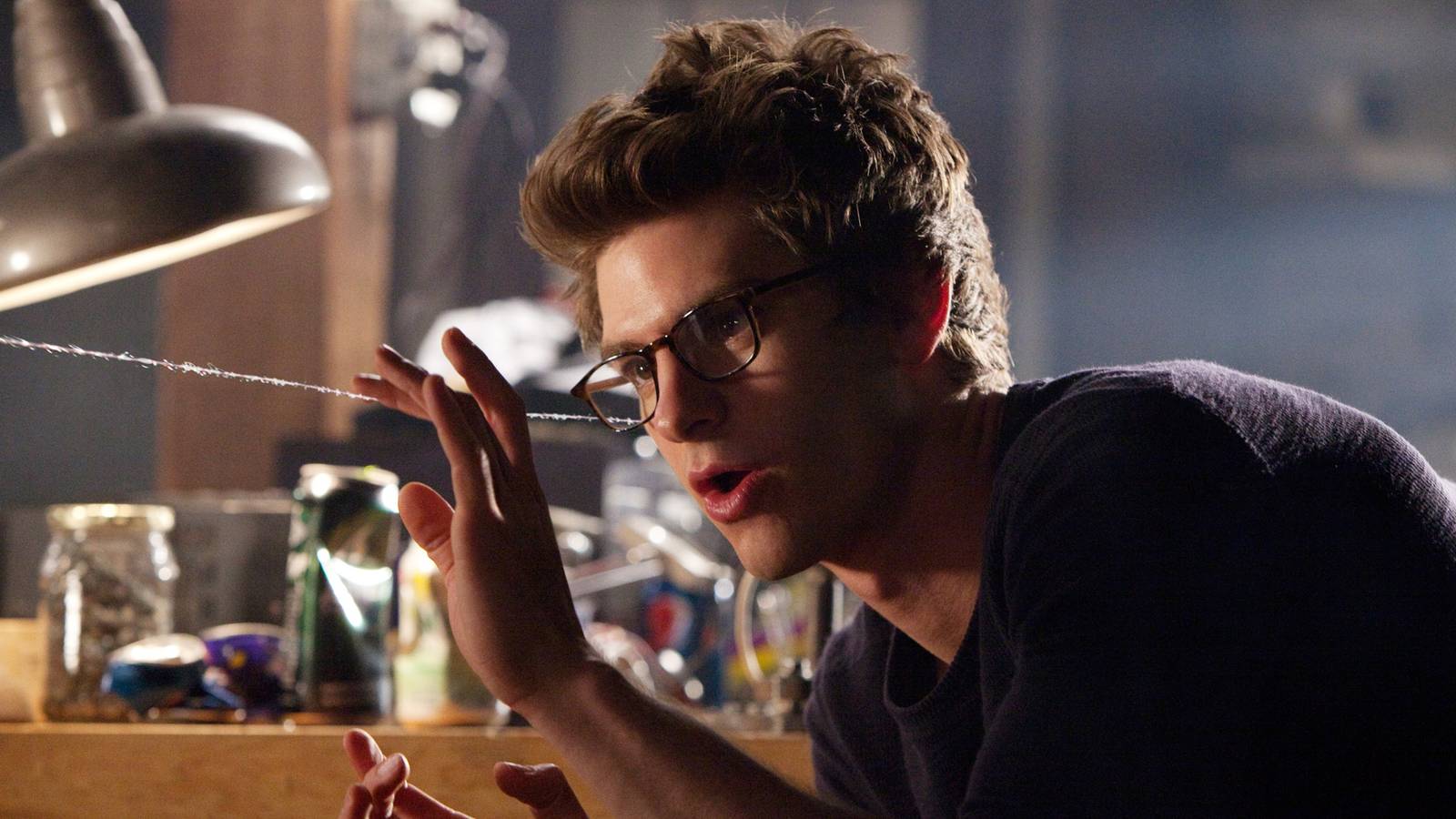

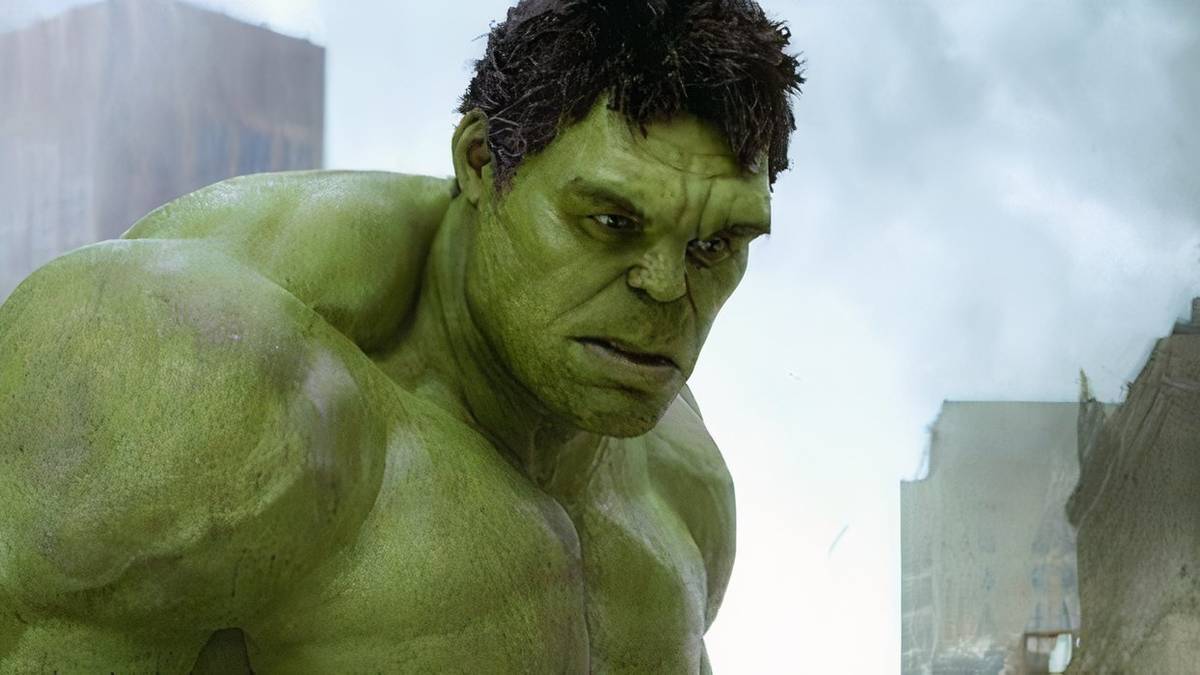

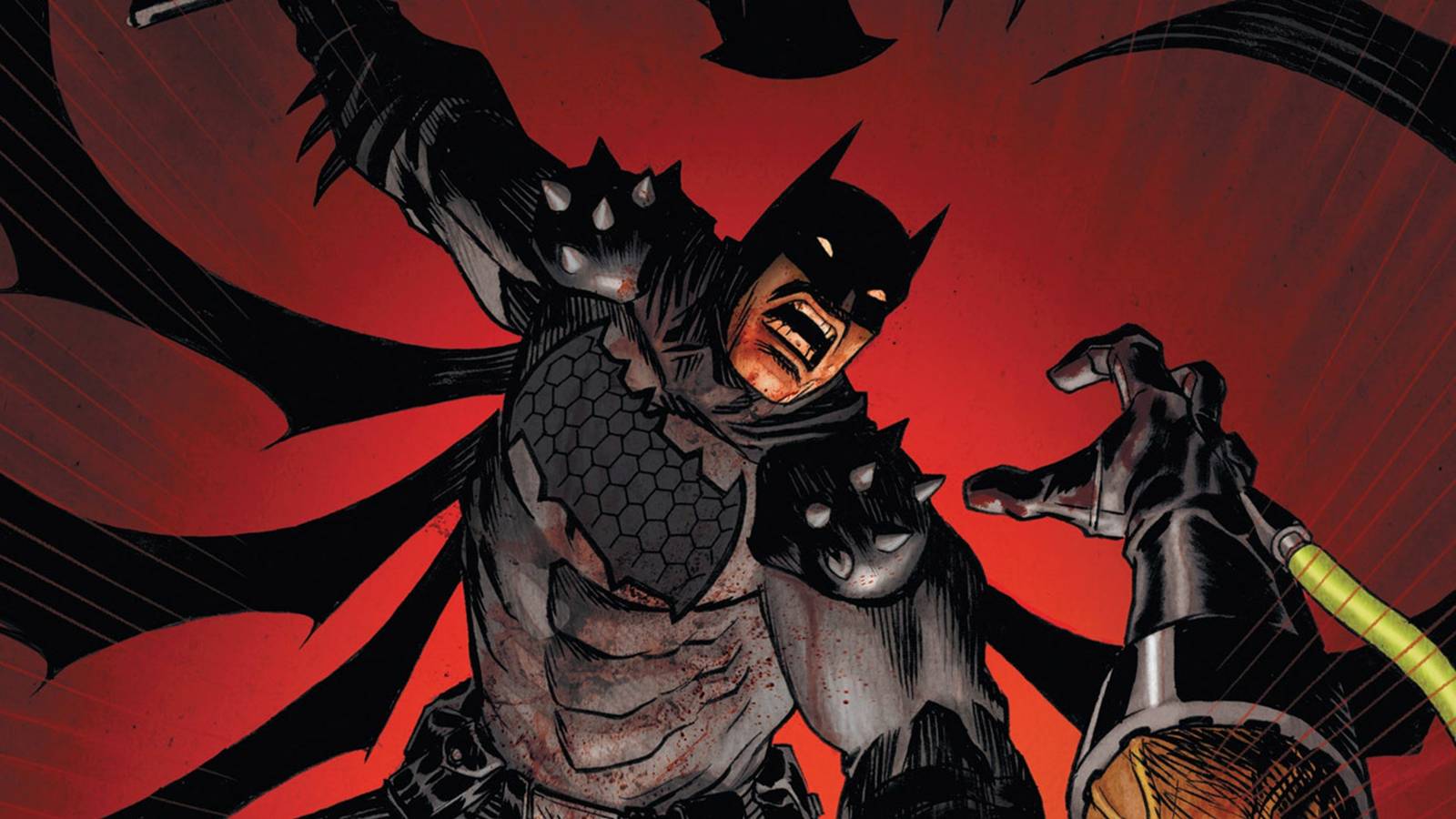
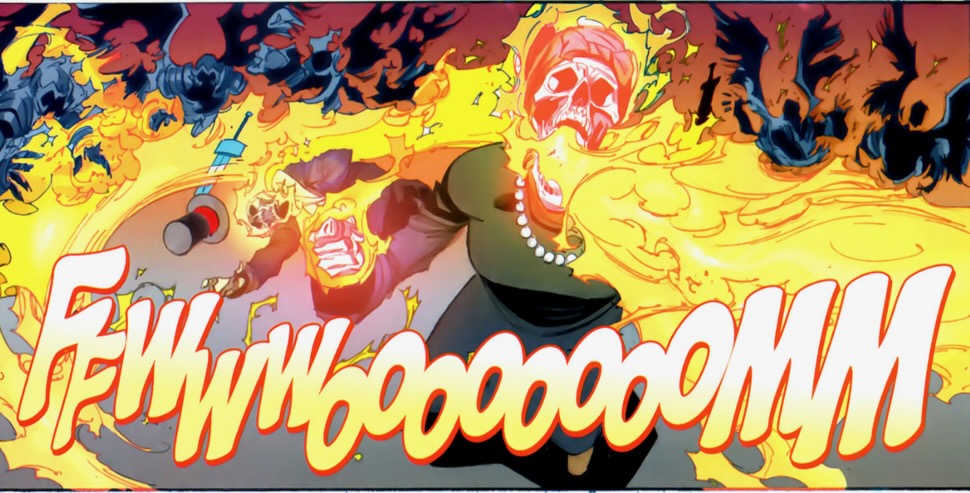
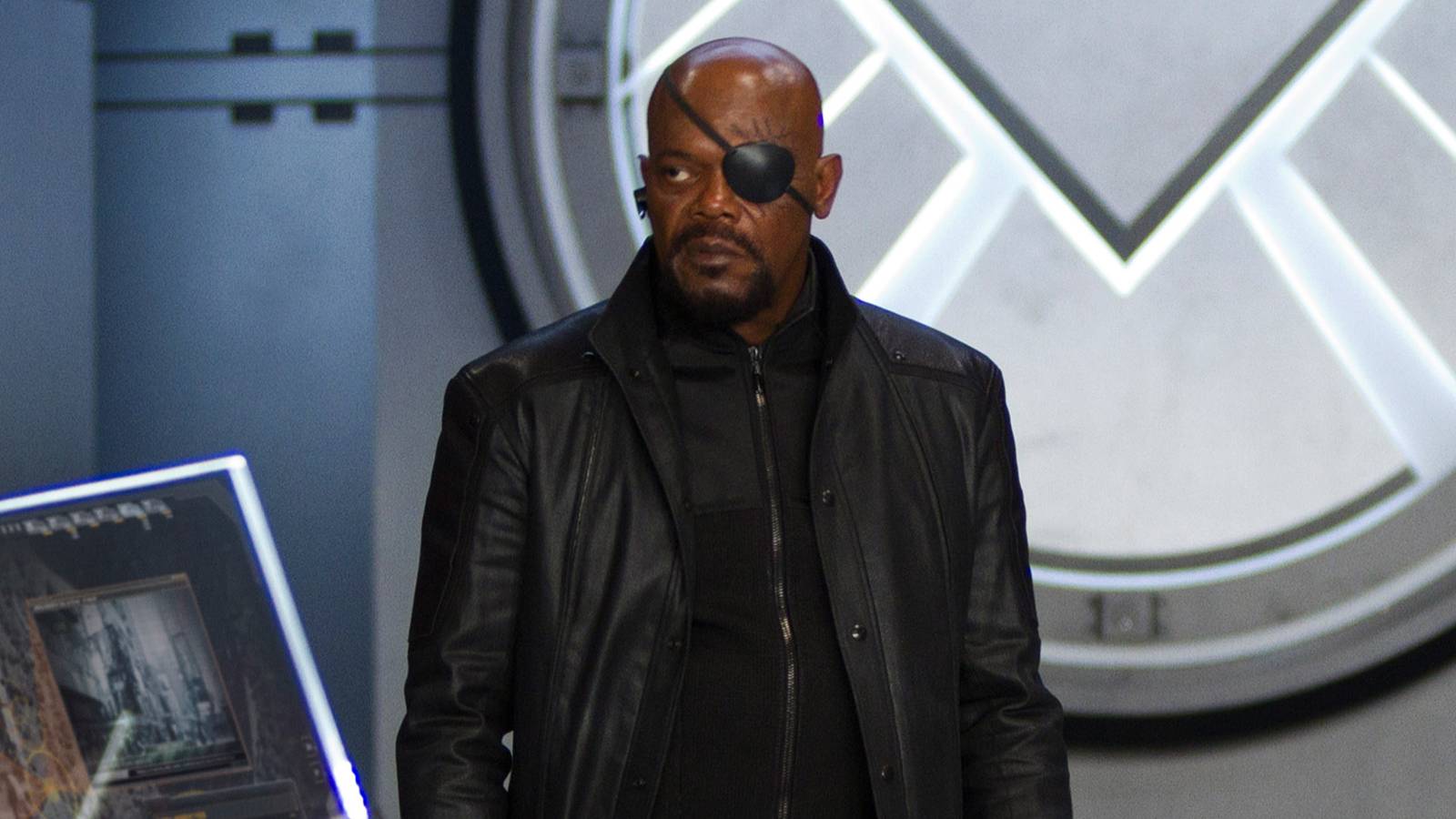
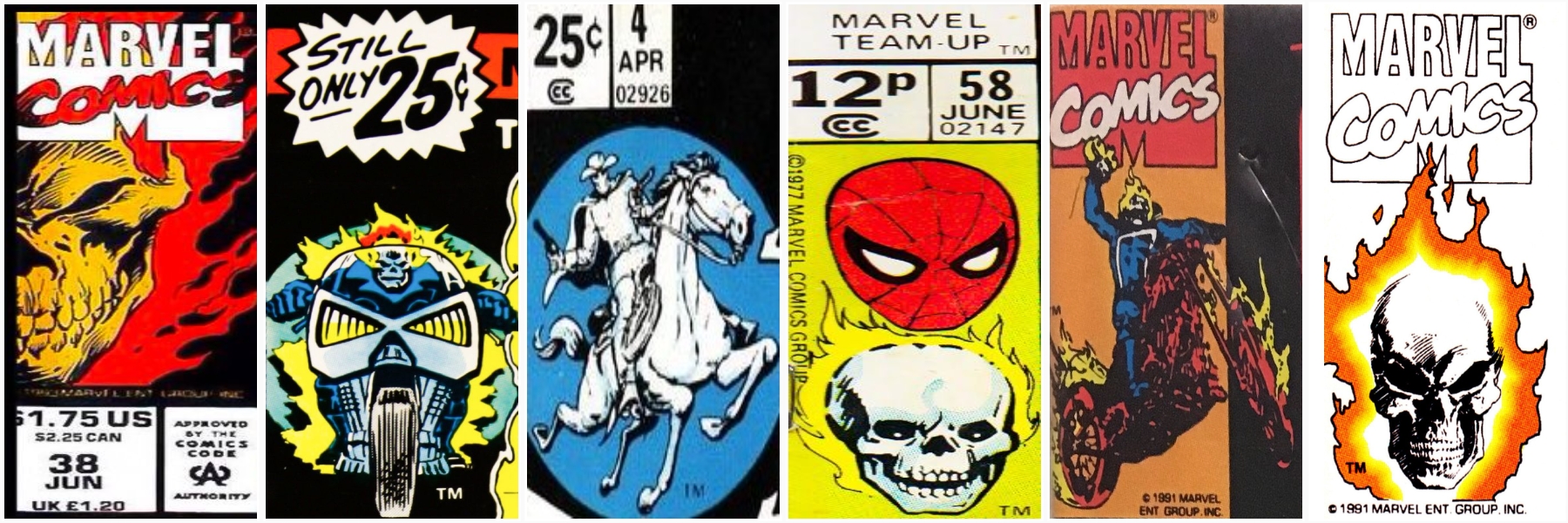


![Ghost of Yōtei First Impressions [Spoiler Free]](https://attackongeek.com/wp-content/uploads/2025/11/Ghost-of-Yotei.jpg)


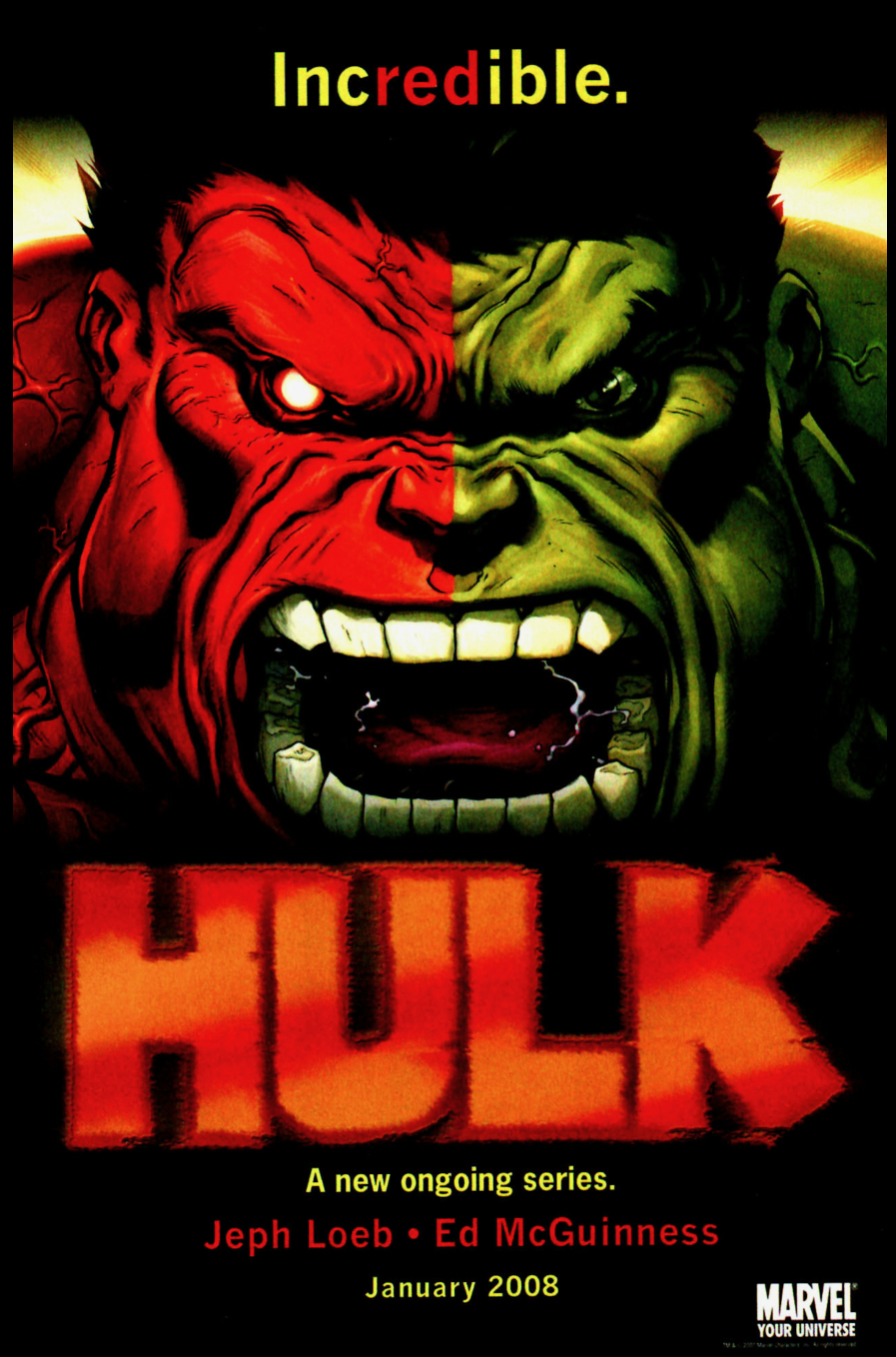
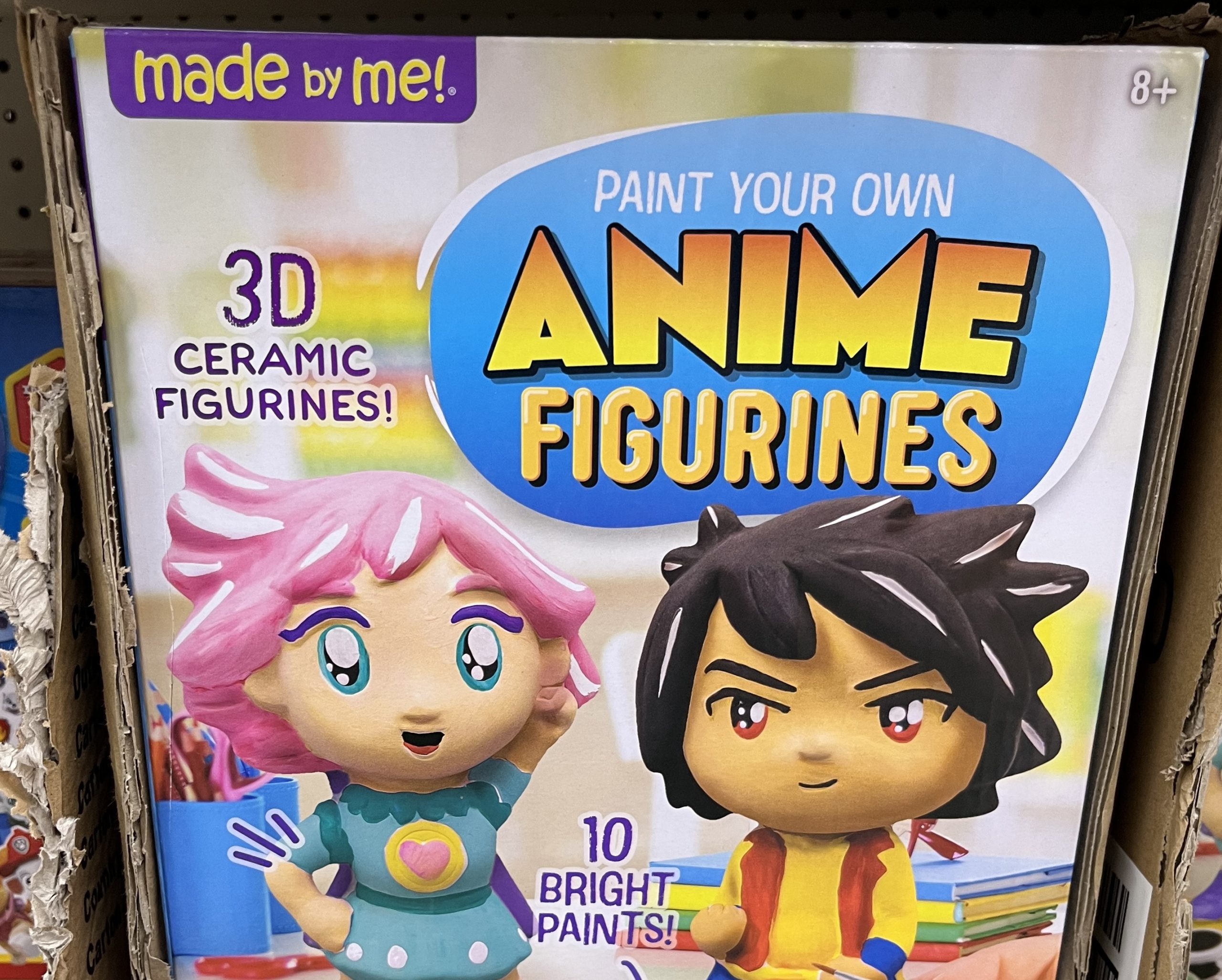
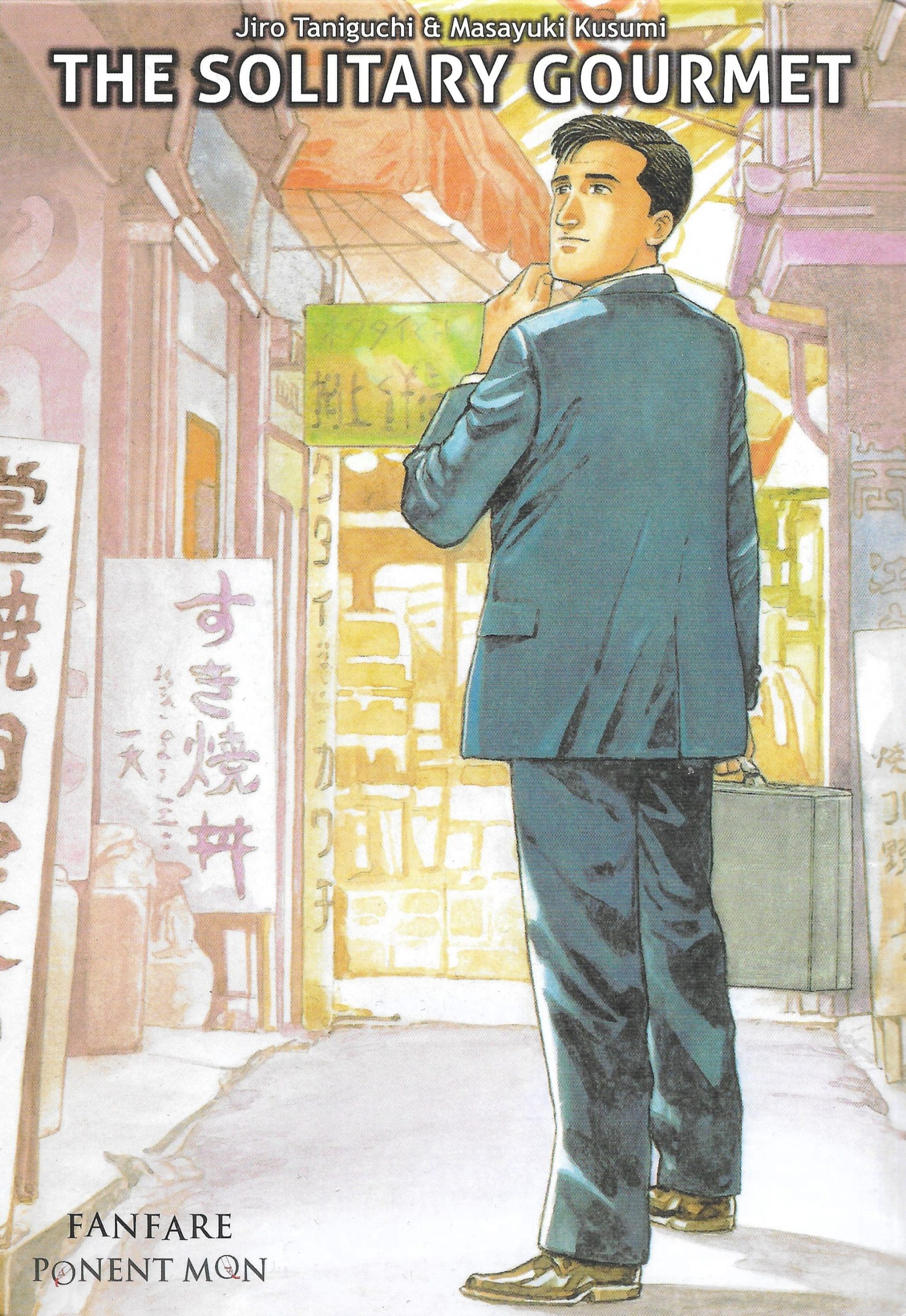
 English (US) ·
English (US) ·